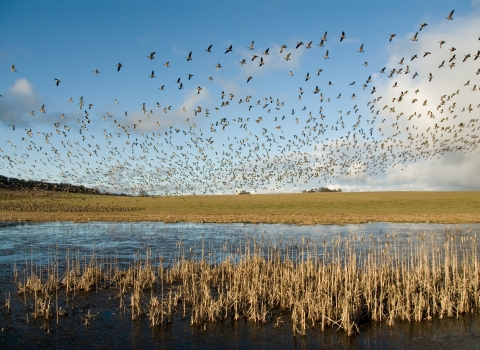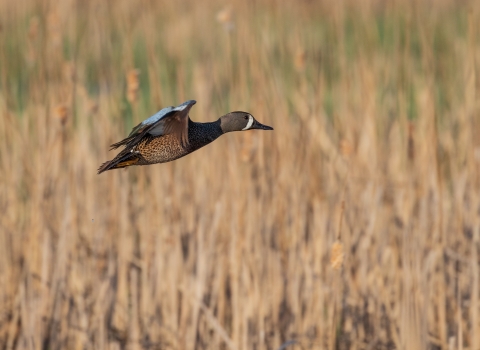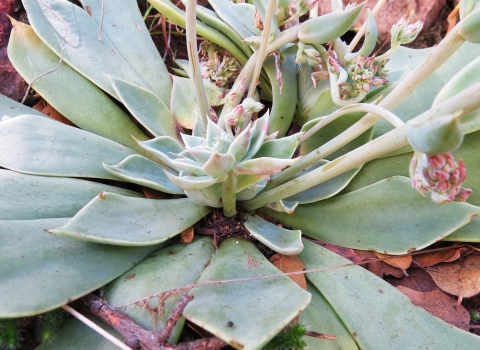HONOLULU — The U.S. Fish and Wildlife Service (Service) has announced the technical corrections for 60 species in the Pacific Islands that are listed as endangered or threatened under the Endangered Species Act. The corrections include scientific names, as well as some common names for these species; however, these taxonomic changes do not affect their range or endangered status. The technical corrections also identify correct usage of Hawaiian and Chamorro diacritical marks in common names for certain species. This rule will be available for public comment for 30 days.
The purpose of the technical corrections is to update names based on new information and to ensure uniformity and clarity in the way the information is presented to the public. For some species, both scientific name and common names were corrected to reflect new data or their place of evolutionary origin, while for other species only the scientific or common names were corrected. We describe a few examples of these changes below:
The ʻōpeʻapeʻa (Hawaiian hoary bat) was thought to be more closely related to hoary bats commonly found on the continental U.S. and was listed as an endangered subspecies with the scientific name Lasiurus cinereus semotus. More recent analysis concluded ʻōpeʻapeʻa are full species, reclassifying them as Aeorestes semotus.
The nosaʼ Luta or Rota bridled white-eye (Zosterops rotensis) is a small bird endemic to Rota in the Commonwealth of the Northern Mariana Islands. While its scientific name continues to be accepted, its common name will be changed to Rota white-eye because new data shows it is a separate species and not a subspecies of the bridled white-eye (Zosterops conspicillatus) as previously thought.
Many species in the Pacific Islands are also recognized by their Hawaiian or Chamorro language, and their names are regularly referenced in Service documents. To improve public communication, understanding, and engagement with local conservation partners, these names have been added as accepted names for these species. However, due to the codification process some publications, such as the Code of Federal Regulations, will not display diacritical marks as they are not accurately able to represent the consistency of an ʻokina.
This proposed rule will be available for public comment for 30 days. An electronic copy of the document is available in the Federal Register: https://www.federalregister.gov/public-inspection/2023-01025/endangered-and-threatened-species-technical-corrections-for-62-wildlife-and-plant-species-on-the
You may submit comments by one of the following methods:
- You may submit written comments through our website:
- https://www.regulations.gov
- Follow the instructions for submitting comments on Docket No. FWS-R1-ES-2022-0062
- You may submit written comments and materials through the mail, postmarked by March 6, 2023:
- Submit comments by U.S. mail or hand-delivery to: Public Comments Processing, Attn: FWS-R1-ES-2022-0062, U.S. Fish and Wildlife Service, MS: PRB/3W, 5275 Leesburg Pike, Falls Church, VA 22041–3803.
We request that you submit comments only by the methods described above. If your submission is made via a hardcopy that includes personal identifying information, you may request at the top of your document that we withhold this information from public review. However, we cannot guarantee that we will be able to do so. We will post all submissions on http://www.regulations.gov. Comments and materials we receive, as well as supporting documentation we used in preparing this proposed rule, will be available for public inspection on http://www.regulations.gov.
For further information contact: Marilet Zablan, Program Manager for Restoration and Endangered Species Classification, U.S. Fish and Wildlife Service, Pacific Regional Office, marilet_zablan@fws.gov.
To be considered, comments must be postmarked or received on or before March 6, 2023. All comments and materials received will become part of the public record associated with this action.
###
The U.S. Fish and Wildlife Service works with others to conserve, protect, and enhance fish, wildlife, plants, and their habitats for the continuing benefit of the American people. For more information, visit www.fws.gov/pacificislands, or connect with us through any of these social media channels at https://www.facebook.com/PacificIslandsFWS, www.flickr.com/photos/usfwspacific/, https://medium.com/usfwspacificislands or www.twitter.com/USFWSPacific.


